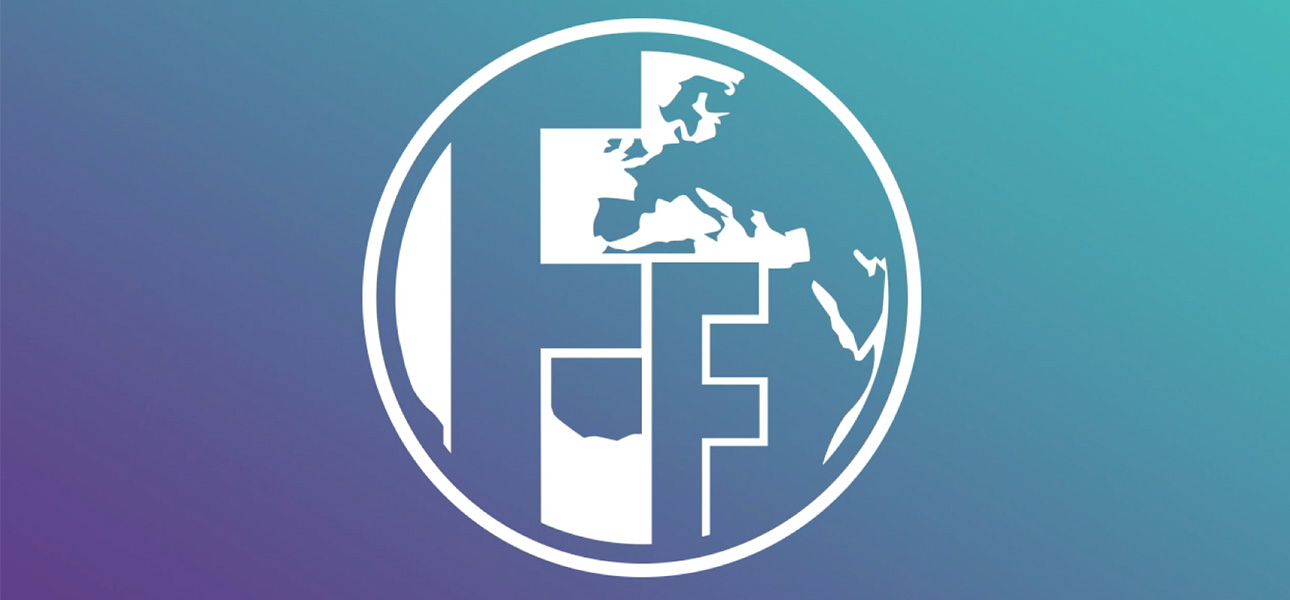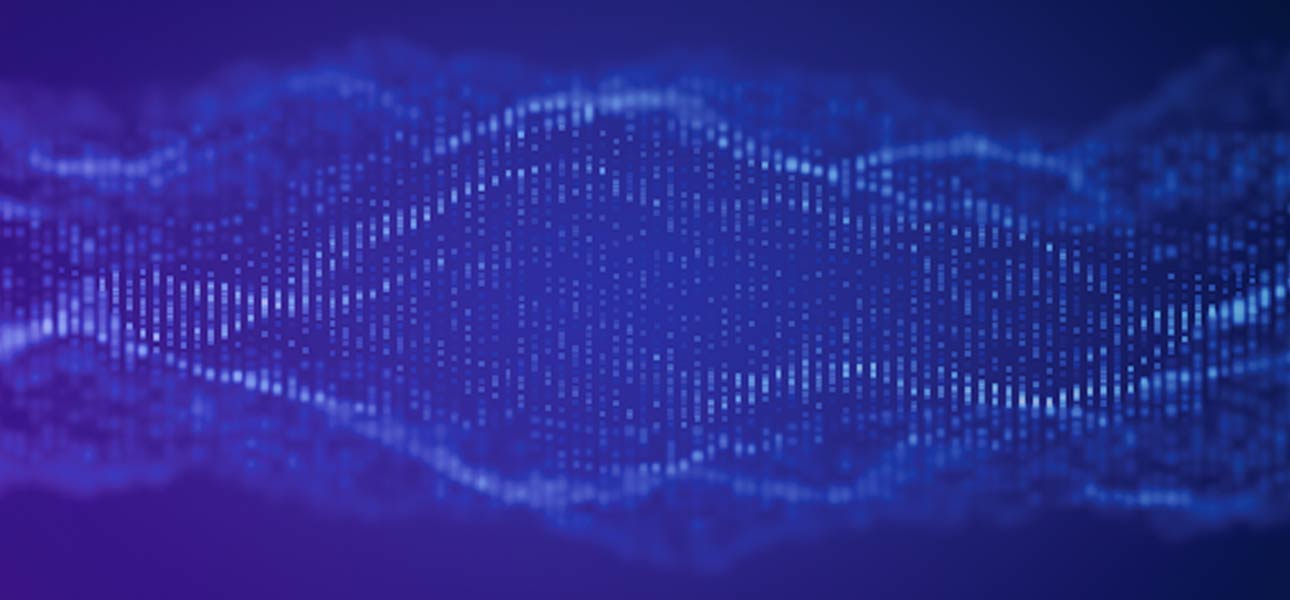ISO 20022 is the emerging global standard for payments messaging. It creates a common language and model for payments data across the globe, which provides higher-quality payment information than other standards and adapts to new needs and approaches.
Many Market Infrastructures, including SWIFT, are moving their messages to ISO 20022 over the next 2 years. Clearing House Automated Payment System (CHAPS) and TARGET2 Euro payment (T2) are on track for delivery, plus SWIFT will adopt the rulebook of the Cross-Border Payments Reporting (CBPR+) working group, where there will be a coexistence phase of MT/MX messages up until 2025. Within five years, it’s predicted that around 80% of high-value global payments by volume and 90% by value will have migrated to ISO 20022.



